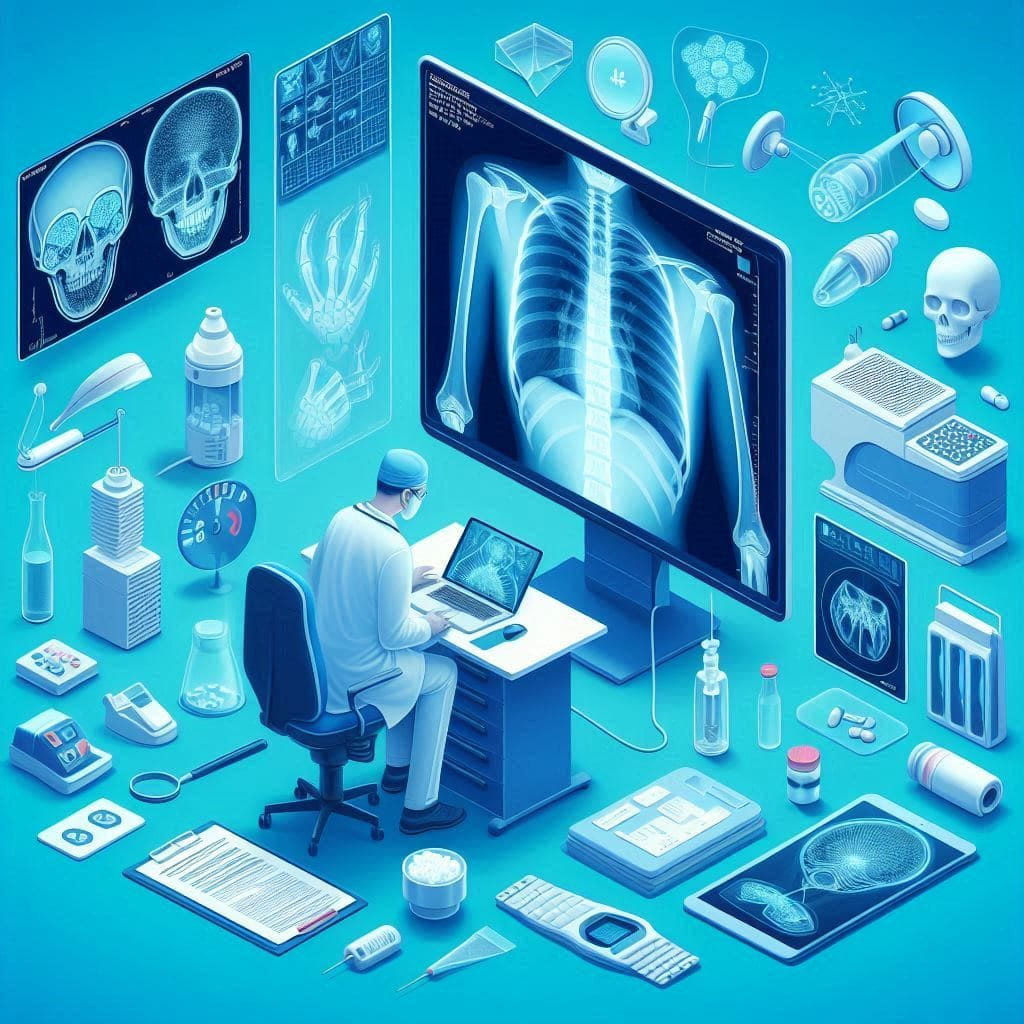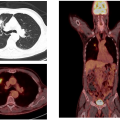
What are the Dangers of X-rays?
X-rays, also known as X-rays, are a type of high-energy electromagnetic radiation used widely in medical imaging and industrial applications. Discovered in the late 19th century, X-rays have become a vital tool in modern medicine, providing precise information about the condition of tissues, bones, and internal organs. Despite their significant benefits in diagnosis and treatment, X-rays carry some health risks that need to be managed carefully.
In this article, we will explore the dangers of X-rays and their potential effects on health, as well as the safety standards that should be followed to ensure the safe and effective use of X-rays. We will also discuss how to manage risks and improve safety practices in medical centers.
The Danger of X-rays:
Defining the Danger of X-rays
X-rays are a type of radiation with high energy that allows them to penetrate tissues and other materials. This radiation can cause changes at the cellular level in the human body, as it interacts with DNA inside cells. The interaction between X-rays and DNA can lead to genetic damage, which can, in turn, result in health problems such as cancer.
The danger of X-rays varies based on several factors, including the amount of radiation, the frequency of exposure, and the sensitivity of the individual to radiation. Generally, high or repeated doses of X-rays are considered more dangerous than occasional or low doses.
Impact of X-rays on Health
The effects of X-rays on health can be classified into two main categories: short-term effects and long-term effects:
Short-Term Effects:
Radiation Burns: These burns occur with high doses of X-rays and can range from mild redness to severe burns. In rare cases, radiation burns may require intensive medical treatment.
Other Symptoms: Some individuals may experience nausea, dizziness, and fatigue after exposure to high doses of X-rays. These symptoms are typically temporary but can be distressing.
Long-Term Effects:
Increased Risk of Cancer: Chronic exposure to X-rays, especially high doses, can increase the risk of developing various types of cancer, such as breast cancer, lung cancer, and thyroid cancer. This risk increases with the dose of radiation and the frequency of exposure.
Genetic Damage: Exposure to X-rays can cause changes in the genetic material of cells. These changes can lead to genetic mutations that may result in long-term health issues, including hereditary damage that can be passed on to future generations.
Groups at Higher Risk
Certain individuals are more susceptible to the harmful effects of X-rays, including:
Pregnant Women: Exposure to X-rays during pregnancy can affect the fetus, potentially leading to developmental delays or congenital abnormalities. Therefore, X-rays should only be used when absolutely necessary, with additional precautions to protect the fetus.
Children: Children are more vulnerable to the effects of X-rays due to their rapidly dividing cells. Extra caution is needed when using X-rays on children, ensuring that they are only used when necessary.
Individuals Exposed Regularly to X-rays: Such as those working in medical or industrial fields, who may be exposed to repeated doses that could increase health risks. These individuals require special protective measures to minimize exposure.
Safety Standards in the Use of X-rays
Reducing Exposure
Managing exposure to X-rays is a key component of safety strategy. Strategies to reduce exposure include:
Minimizing the Number of Examinations: Performing X-ray examinations only when necessary and beneficial for diagnosing a condition or injury. Alternatives such as MRI or ultrasound should be considered if applicable.
Using Modern Equipment: Advanced technology in X-ray machines can reduce the amount of radiation needed to produce clear images. Modern techniques such as digital X-ray imaging can lower radiation doses compared to older technologies.
Preventive Measures
Preventive measures to ensure safe use of X-rays include:
Using Protective Clothing: Such as lead aprons, which provide additional protection for sensitive organs from direct X-ray exposure. All patients and staff should wear these garments during imaging procedures.
Applying Modern Imaging Techniques: Advanced imaging techniques can reduce the amount of required radiation while improving image quality, thereby minimizing exposure.
Regulations and Guidelines
Regulations and guidelines are crucial for ensuring safe X-ray use. Key points include:
Adhering to International Standards: Medical centers and clinics should comply with international safety standards, such as those set by the International Atomic Energy Agency (IAEA) and the World Health Organization (WHO). These standards aim to protect patients and staff while ensuring the quality of medical services.
Training Staff: All X-ray staff should receive proper training on how to use equipment and apply safety measures. Training should also include knowledge on handling emergencies and advising patients on required procedures.
Monitoring and Inspection
Regular monitoring and inspection of equipment and practices help ensure compliance with safety standards. This includes:
Routine Maintenance: Performing regular maintenance on X-ray machines to ensure they operate efficiently and minimize radiation leakage. Maintenance should be conducted by qualified technicians to ensure safety.
Internal and External Inspections: Conducting regular inspections of practices and procedures at medical centers to ensure compliance with all safety standards and preventive measures.
Impact of Standards and Procedures on Quality of Healthcare
Applying safety standards and appropriate procedures in X-ray use not only affects patient safety but also enhances the quality of healthcare. When these standards are followed, a balance can be achieved between the benefits of X-rays and their potential risks. This balance contributes to providing precise and safe medical care, and enhances patient confidence in the medical services offered.
Furthermore, adhering to safety standards and preventive measures improves overall performance at medical centers and enhances their reputation as providers of high-quality medical services. By investing in modern technology and providing proper staff training, diagnostic and treatment outcomes can be improved while minimizing risks associated with X-ray use.
Importance of Awareness and Education
Awareness and education about the risks of X-rays and safety standards play a crucial role in ensuring their safe use. Both patients and medical staff should be aware of the potential risks and how to mitigate them. This can be achieved through:
Awareness and Education:
Providing clear and detailed information to patients about the benefits and risks of X-rays, and the preventive measures taken to ensure their safety. Patients should have a full understanding of the procedures they will undergo.
Ongoing Staff Training: Ensuring staff receive continuous training on the latest techniques and safety standards. This includes keeping up with new research and developments in the field of X-rays and improving their skills in using the equipment.
Conclusion:The Danger of X-rays
X-rays are an essential tool in medical diagnostics and treatment, but their use requires a thorough understanding of potential risks and necessary safety procedures. By adhering to safety standards and adopting the latest technologies, risks can be minimized, ensuring the provision of effective and safe medical care. For centers like “Dokki Scan” or “Dokki Radiology Center,” adhering to the highest safety standards and creating a safe working environment for staff and patients is crucial for delivering high-quality medical services. By enhancing awareness, education, and preventive measures, diagnostic results can be improved and the risks associated with X-ray use can be minimized, contributing to comprehensive and safe medical care.
Latest Blogs
- All Posts
- Blog











